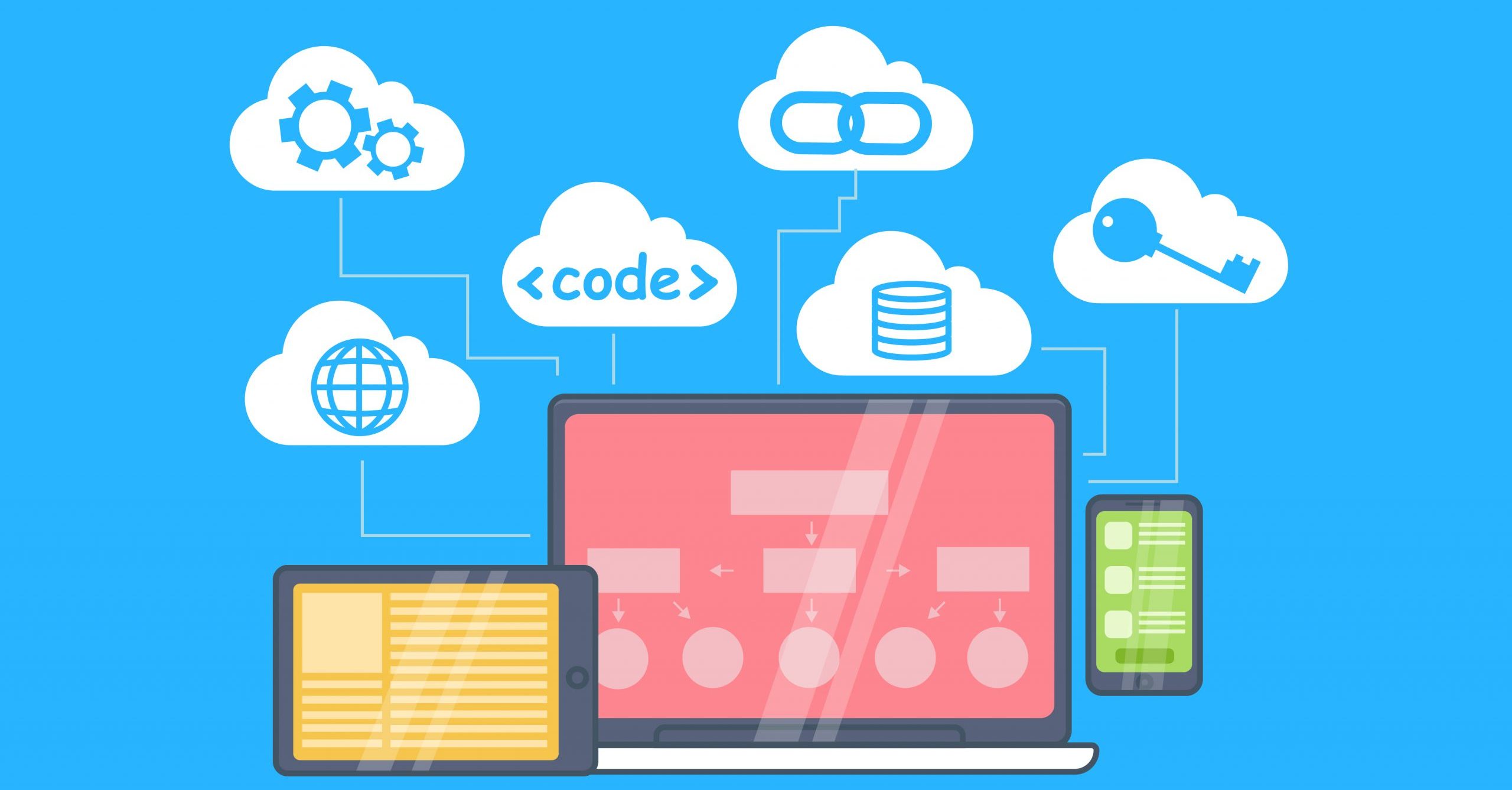
With the digitization trend of business processes, many leaders are searching and adhering to new solutions, in order to facilitate remote work and the management of company areas.
We often hear experts talking about the SaaS and PaaS terms; but as it’s a whole new scenario, some managers don’t know yet what they mean and what is the best format for their respective companies.
Both models offer more control on procurement and sales for businesses, as they allow remote access – but each one has different particularities, which can be crucial for the progress of projects.
Therefore, this post explains what they are, and what are the differences between them, in order to help you choose the best format for your own business.
Keep on reading!
What is PaaS?
PaaS stands for ‘Platform as a Service’. It’s a solution based on the cloud, which allows users to develop, manage and deliver apps in a digital environment. This model offers also a set of pre-assembled tools, to help users develop, customize and test their own apps.
PaaS is the right tool for those companies that don’t have know-how on IT infrastructure, but are mature enough to create their own apps.
Benefits of a PaaS platform
- PaaS provides tools to test, develop and host apps in a single digital environment.
- It enables businesses to focus on app development, without any concern about the IT infrastructure.
- PaaS platform providers are in charge of security management, system operation, service software and backups.
- It drives collaborative work by allowing all employees to work on the same project, even remotely.
What is SaaS?
Software as a Service, also known as SaaS, is a way to make software and technological solutions available through the Internet, as a service.
The concept behind this acronym is resource optimization: instead of investing in infrastructure, equipment, maintenance teams, and even paying all additional costs, a SaaS service allows businesses to direct their resources to what really matters.
With this model, the company doesn’t have to worry about hardware and software installation or update. Access is very simple, requiring only an Internet connection.
Benefits of a SaaS platform
- SaaS platform providers offer systems and apps to users through a subscription model.
- Users don’t have to worry about software management, installation or even upgrade, as providers will manage all such processes.
- Data is safe in the cloud – that is, the company doesn’t risk losing data due to equipment failure.
- The use of service features can be customized according to different needs, as they arise.
- The SaaS model allows users to access the platform from any device connected to the Internet.
As we can see, both models make remote access easier to users; however, according to project profile and company size, one model can be better than the other.
Some time ago, we posted an article about what must be considered before contracting a SaaS platform. Click here to read it!
Take this opportunity and subscribe to our newsletter, to stay updated on everything that happens in the B2B market.
See you next time! ?


 Português do Brasil
Português do Brasil Español
Español Português
Português
